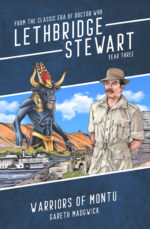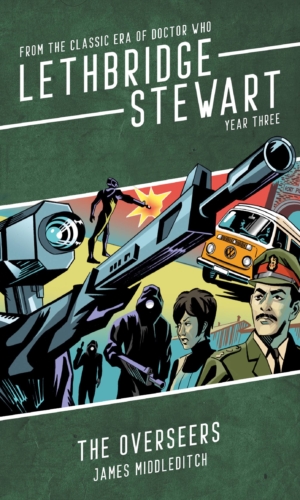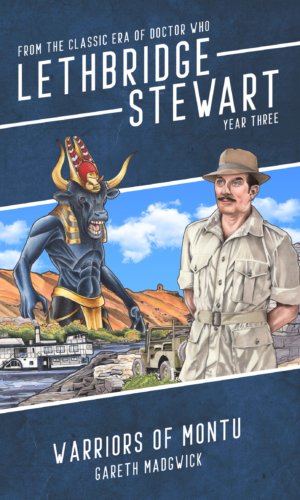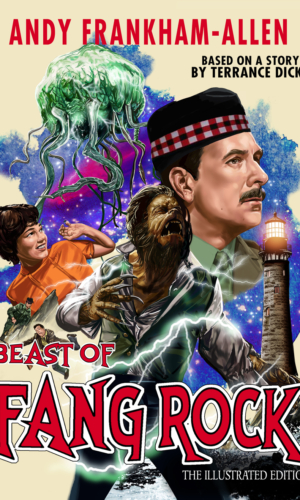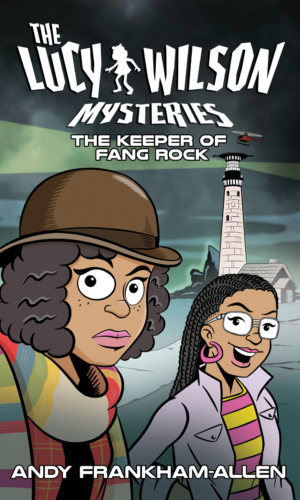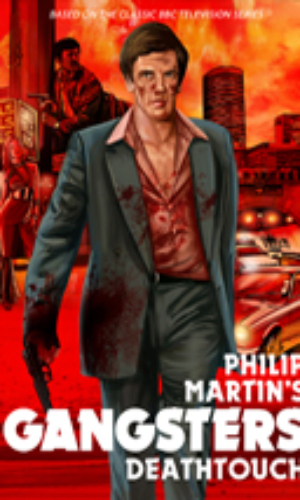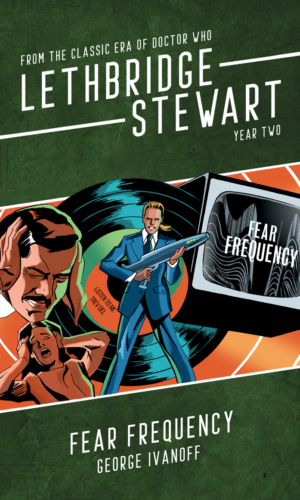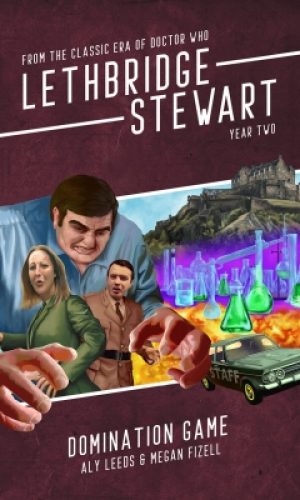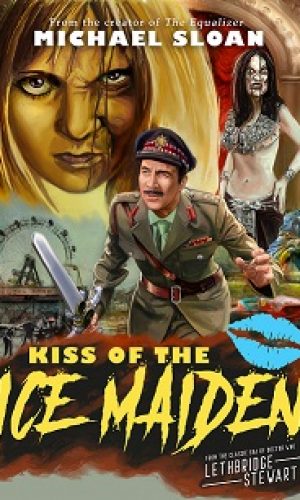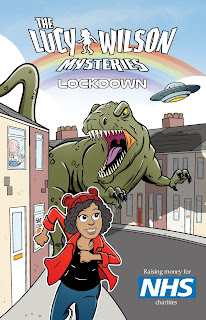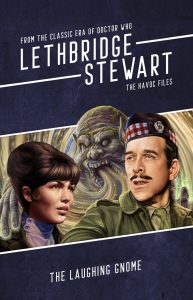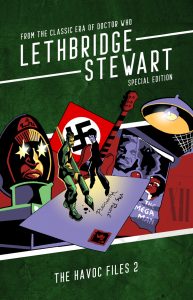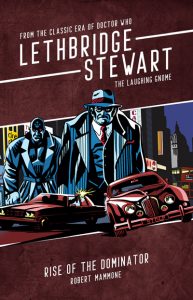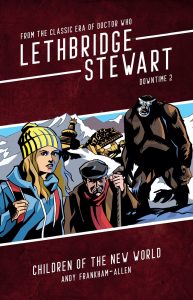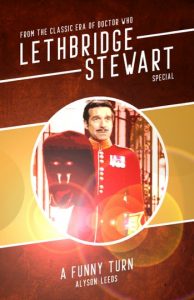Format: DVD
Warts & All: Singular smoke column
Quote: Three of them. I didn’t know when I was well off.
Review: Maybe it’s just me, but if I had a tenth anniversary coming up I would not be looking to Bob Baker & Dave Martin to script it for me. But the pair actually do a decent job here, crafting something that hangs together pretty well, celebrates the series’ past and builds on the mythology of the Time Lords first introduced only a few years earlier.
It’s dished up with generous helpings of humour, quality sparkle to the dialogue – especially, but not limited to, between Doctors Two and Three, with Pertwee and Troughton in tip-top form and pitching the Doctor-Doctor relationship perfectly between confrontation and camaraderie. Lovely stuff – and on initial broadcast this would’ve been my first ever introduction to the previous Doctors. There’s a side-dish of a touch of sadness because Doctor One’s role is necessarily limited by Hartnell’s ill health at the time. The in-story explanation – energy drain – is passable enough but it’s impossible to overlook how much the actor has aged in the years since he departed the show, confined there on the TARDIS screen.
Still, the overriding mood is upbeat – as you’d expect at a party – and appropriately, for a Doctor Who party, with plenty of dramatic punch. After a relatively quiet and unassuming beginning, we’re bombarded with outlandish events and sights – the gelguards are bizarre orange blobby things and we’re treated to the reverse of Pertwee’s Yeti in Tooting Bec principle, with ordinary terrestrial objects (Bessie, the Brigadier’s computer, the Doctor’s lab bench etc) transported to an alien landscape. All right the landscape is only about as alien as the last quarry or clay pit we saw, but the incongruity supplements the action in commanding our attention and ensuring that this epic encounter with a Time Lord legend is memorable.
The epicness is somewhat tempered by budgetary constraints, with a feeble wispy column of smoke to represent the power of a mighty singularity at the heart of a black hole and one has to wonder at the imagination behind Omega’s mask when, cursed or blessed as he is with the power of creating anything he wishes from thought alone, all this Time Lord God can come up with is a maze of bubblewrap corridors and a couple of chairs. Omega himself, the Wizard Of Oz of this scenario, is nicely realised with a lovely mask design and the SHOUTY stentorian tones of Stephen Thorne last heard belting out of the throat of the Daemon, Azal. Full of overwraught emotion, he’s convincingly mad and it’s entertaining to watch Troughton’s Doc wind him up with questions about his flute. And yes, it’s all resolved a teeny bit conveniently with the recorder, but in fairness that solution is built reasonably neatly into the story without completely advertising it as something that will prove important later. Honestly, the only notable letdowns for me are the tedious slow-mo wrestling match with Omega’s pet gargoyle (wouldn’t that have been so much more entertaining if he’d pitted it against the exquisitely flappable second Doctor?) and the prolonged goodbyes as everyone steps through the smoke column to go home. Always the price of an anniversary special – too many characters, too many farewells.
This one’s just shy of overcrowded, with Mr Ollis being the principal spare limb. No mention (that I can recall) of where Captain Yates is, but he’s not missed and the Brig and Benton have a fair share of the action and great lines. An enjoyable slice of birthday cake. With an unusual orangey gel centre.




